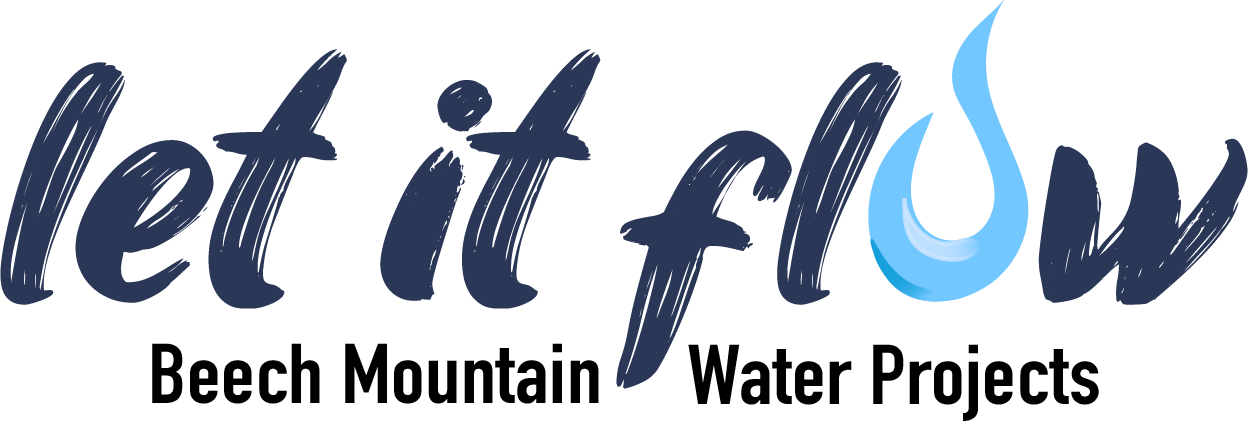Exploration of Alternative Water Sources
Studies identified five possible sources for a supplemental water source for the Town:
Upgrade Current Water System
While the Town is aggressively enhancing the existing water system with millions of dollars allocated for many projects, it is projected that even if the system is brought up to the highest standard of leakage, the current system still is not adequate to meet the needs of the Town during a drought or catastrophic event. While the Town will continue to replace infrastructure, these efforts alone cannot support the Town’s water needs.
Expand Buckeye Lake
This option was ruled out due to the high cost versus the minimum gain of water volume. This option would entail extensive permitting due to a high hazard dam and stream impacts. Additionally, the Town would still only have one source of water with no added protection if the primary source was depleted, contaminated, or intake facilities failed. Since Buckeye Lake is the Town’s single water source, construction would interfere with water treatment and could possibly deplete the Town’s only water source during construction. Lastly, even with the best-case scenario of water yield, this option still does not meet the Town’s water needs.
Develop Ground Water Sources (Wells)
One well has been developed at the head of Buckeye Lake. The flow from this well is not enough to serve as a separate source. The town is developing 3 additional wells; however, the yield of wells in mountain geology is very uncertain, both initially and long term. The disadvantages of developing wells include the challenges of finding suitable sites due to topography, setbacks, and scarcity of available property. Additionally, there is much uncertainty with immediate and long term well yields. Wells must be under the control of the Town and free of contamination potential and must have power and access roads. Due to the various locations, treatment at each well may be different depending on levels of metals, pH and other water quality characteristics.
Water Tanker Truck Transfer
A technical incident occurred in 2018 where a drain value failed and almost the entire Lake was drained. Water tanker operations were instituted to supply water to the town. Distance from available water sources, and the inability of any neighboring systems to provide necessary volumes of water were discovered to be insurmountable obstacles to providing a continuous water flow for the town. This incident occurred during the off season when town water consumption was dramatically lower. It is important to note that the tankers were not able to keep up with demand for water even during a period of low water consumption for the town.
Draw From Another Surface Water Source
The nearest rivers with significantly more volume than Buckeye Creek are Elk River and Watauga River. Elk River was disregarded as an option because it is further from the water plant and has less capacity than the Watauga River.
If the Watauga River was used as a source, a relatively small amount would be withdrawn. The Watauga River has an average flow of about 158 MGD according to USGS. The Town would only need an average of 0.4 MGD during a drought. This amount is projected to increase to approximately 0.5 MGD by 2040 with a calculation of 2% annual growth. Both of these numbers are an insignificant amount compared to the large volume of river water flow. Even calculating the highest need of .5 MGD, this is only .3% of the average river flow. For a simple reference, this would equate to drawing 20 fluid ounces* (approximately 2.4 cups) out of a 50-gallon rain barrel.
With this option the benefits outweigh the disadvantages. The Watauga River has ample supply of high quality water and it is separate from our current single source. Constructing an intake system would have hardly any interference with existing plant operations. The disadvantages of an intake project are a high capital cost and significant operation and maintenance expense. This option would also require the reclassification of the Watauga River to further protect the watershed as well as extensive permitting.
Create a New Supplemental Reservoir
The Town owns Lake Coffey and the Beech Mountain Resort owns Lake Santis. The lakes are very near each other and Lake Santis currently provides water for snow making for the Resort in the winter and golf course irrigation for the Club in the summer. Inflow for the two lakes is from three nearby streams.
Combining the lakes by creating a new dam would result in a reservoir of about 30 million gallons. Since the new lake is situated at an elevation significantly higher than the water plant, it would require little pumping to move the raw water to the treatment plant, lowering operating costs.
Permitting for the reservoir would be significantly easier than permitting the Watauga Intake, since the lakes are both within the Town limits and none of the streams are navigable. While this option is not a complete solution, it would add an additional 60 days water supply in a drought crisis.
* Withdrawing 500,000 gpd from the Watauga, which averages a daily flow of 158 MGD is .316%. Applying that percentage to a 50-gallon rain barrel equals 0.158 gallons, 20 ounces, or about 2.4 cups.


